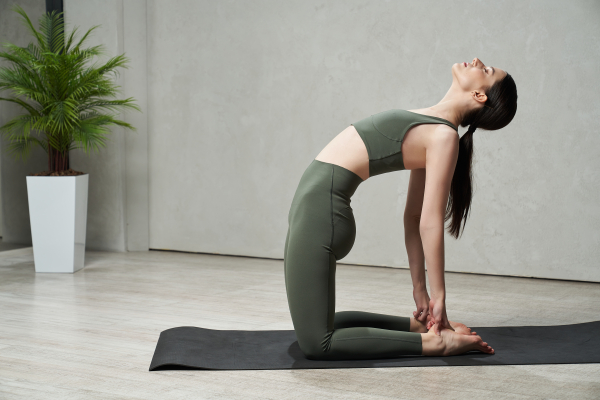Understanding Flexibility: Key Insights and Benefits
 Flexibility is often discussed in fitness and wellness contexts, yet its definition can vary widely. Fundamentally, flexibility refers to the ability of a muscle or group of muscles to stretch and lengthen through a range of motion. It is a crucial aspect of overall physical fitness and contributes significantly to our overall health and functional abilities.
Flexibility is often discussed in fitness and wellness contexts, yet its definition can vary widely. Fundamentally, flexibility refers to the ability of a muscle or group of muscles to stretch and lengthen through a range of motion. It is a crucial aspect of overall physical fitness and contributes significantly to our overall health and functional abilities.The Importance of Flexibility
Flexibility plays a vital role in maintaining a healthy body. It impacts our daily lives in numerous ways, from performing everyday tasks with ease to preventing injuries. Improved flexibility can enhance our range of motion, making physical activities more fluid and comfortable.
Factors Affecting Flexibility
Several factors influence an individual’s flexibility:
Age: As we age, our muscles and tendons lose elasticity, which can reduce flexibility. Regular stretching can help counteract this natural decline.
Activity Level: Individuals who engage in regular physical activity often have better flexibility compared to those who lead a sedentary lifestyle. Active muscles are generally more pliable and responsive.
Genetics: Some people are naturally more flexible due to their genetic makeup. However, everyone can improve their flexibility with consistent practice.
Muscle Temperature: Warm muscles are more flexible than cold ones. Proper warm-ups before stretching can significantly improve flexibility and reduce the risk of injury.
Types of Flexibility
Flexibility is not a one-size-fits-all concept; it encompasses various types:
Static Flexibility: This involves holding a stretch for an extended period, typically targeting a specific muscle group. It is crucial for maintaining flexibility over time.
Dynamic Flexibility: This type refers to the ability to perform movements with a full range of motion. It is often used in dynamic activities and sports.
Ballistic Flexibility: Involves bouncing or jerking movements to push beyond the normal range of motion. This method can be risky and is generally less recommended compared to static or dynamic stretching.
Benefits of Improving Flexibility
Enhancing your flexibility offers numerous benefits, including:
Injury Prevention: Improved flexibility helps maintain joint health and reduces the likelihood of strains and sprains. Flexible muscles can better absorb and adapt to physical stress.
Enhanced Performance: For athletes and active individuals, increased flexibility can lead to better performance in sports and exercise. It enables a greater range of motion, contributing to more effective and efficient movements.
Improved Posture: Regular stretching and flexibility exercises can help correct poor posture by lengthening tight muscles and strengthening weaker ones.
Reduced Muscle Soreness: Stretching helps to alleviate muscle tension and soreness, making recovery after physical activity smoother and more comfortable.
How to Enhance Flexibility
To boost flexibility, incorporate these practices into your routine:
Stretch Regularly: Commit to a consistent stretching routine that targets various muscle groups. Both static and dynamic stretches are beneficial.
Warm Up Properly: Always start your workout with a warm-up to increase blood flow to your muscles and prepare them for stretching.
Stay Hydrated: Proper hydration supports muscle function and can aid in maintaining flexibility.
Incorporate Yoga or Pilates: These disciplines emphasize flexibility and can greatly contribute to improving your range of motion.
Conclusion
Flexibility is an integral aspect of physical fitness and overall health. By understanding its importance and incorporating effective practices into your daily routine, you can enhance your flexibility and enjoy a range of benefits, from improved performance to reduced injury risk. Embrace these strategies to achieve greater physical comfort and functionality.









